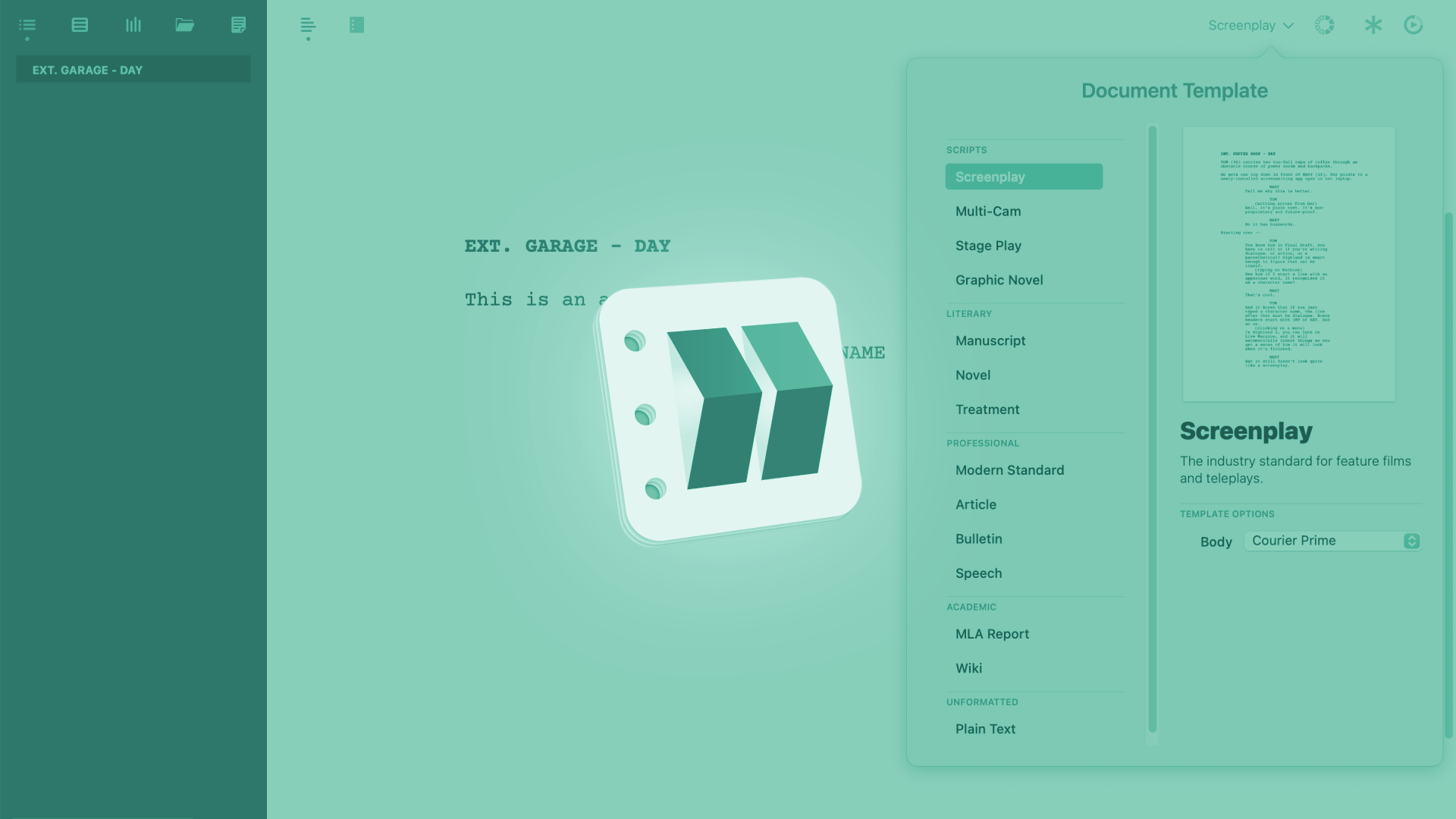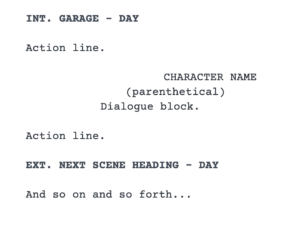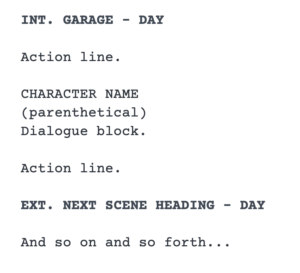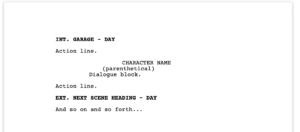
Writing your script with Highland 2
Highland 2 – Writing Your Script
Let’s look at how the writing works in Highland 2.
If you’ve been working with other screenwriting applications, you might be used to using the ENTER and of the TAB key to jump from element to element. This is how most screenwriting applications work.
For example, if you are writing a scene heading, and then press ENTER, you will be taken to the action element, because this is the element, that is most likely to be the next one you need.
When you are in an action element, and you press ENTER because you want to get to a new line, and you then press TAB, most likely you will be taken to the character element.
But since fountain is in its essence a simple text file, it works a little differently here.
Fountain in and of itself does not have definitions of screenplay elements. It’s only through the interpretation of the application that can read fountain syntax, that the elements are displayed correctly on the page.
So, let’s see how this is done.
In Highland, in the editor, you can choose if you want the editor to display everything flush left, like it would be displayed in any simple text editor, or, if you want some elements, like for example the character and the dialogue elements, to be displayed indented in a kind of live preview if you will.
Live Margins
Highland calls that “Live Margins”.
Let’s take a couple of sample elements to show how this works.
To turn on live margins, go to “View – Live Margins”.
With life margins turned on, you can see that the character, parenthetical, and dialogue elements are indented here in the editor.
 When I turn life margins off, everything is displayed flush left.
When I turn life margins off, everything is displayed flush left.
 But still, if you go to the screenplay preview by clicking on the script page icon at the top of the editor window, you see everything interpreted correctly and with the proper screenplay formatting.
But still, if you go to the screenplay preview by clicking on the script page icon at the top of the editor window, you see everything interpreted correctly and with the proper screenplay formatting.
 It’s just that in the editor, where you are writing, you can choose between previewing indentations or not.
It’s just that in the editor, where you are writing, you can choose between previewing indentations or not.
All this means, that you don’t need to worry about using certain keys, like TAB and ENTER for example, to go to certain elements. You just write your script and Highland will interpret most of the elements correctly, if you stick to the basic usage of capitalizations and empty lines.
Basic Fountain Rules
As I have mentioned before in other articles that explain how fountain works, just make sure you use an empty line after scene headings, and after dialogue.
Also, make sure you do NOT have an empty line between character names, parentheticals and the dialogue itself.
If you stick to those basic rules, for the most part you don’t need to worry about anything, you can just write.
And if you have life margins turned on, you will see pretty quickly if one or more of your elements are not interpreted correctly.
Also, you can always refer to the page preview to check the formatting if you want.
So, without having gone into more functions about Highland, which we will do in other articles in detail, you can jump right into writing your script here and learn about other stuff that the program can do for you bit by bit.
And, there is a handy cheat sheet in Highland that you can always refer to, if you go to “Help – Cheat Sheet”. There you can see how you can use less common elements also, but don’t worry, we will go through most of them anyway if you just follow along.